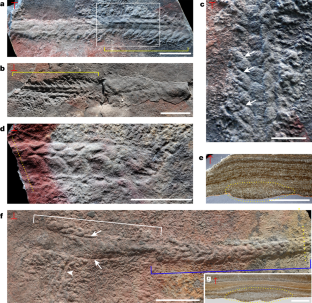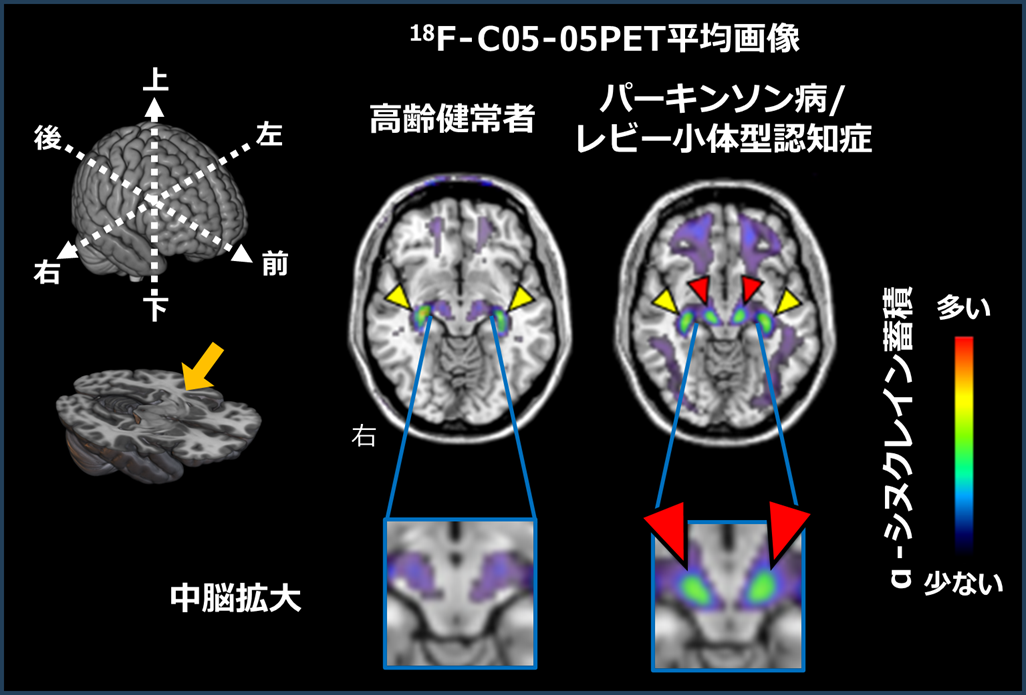2024-06-05 バージニア工科大学(VirginiaTech)
<関連情報>
- https://news.vt.edu/articles/2024/06/science-nature-sea-sponges.html
- https://www.nature.com/articles/s41586-024-07520-y
- https://www.nature.com/articles/s41586-019-1522-7
後期エディアカランの冠層群の海綿動物 A late-Ediacaran crown-group sponge animal
Xiaopeng Wang,Alexander G. Liu,Zhe Chen,Chengxi Wu,Yarong Liu,Bin Wan,Ke Pang,Chuanming Zhou,Xunlai Yuan & Shuhai Xiao
Nature Published:05 June 2024
DOI:https://doi.org/10.1038/s41586-024-07520-y

Abstract
Sponges are the most basal metazoan phylum1 and may have played important roles in modulating the redox architecture of Neoproterozoic oceans2. Although molecular clocks predict that sponges diverged in the Neoproterozoic era3,4, their fossils have not been unequivocally demonstrated before the Cambrian period5,6,7,8, possibly because Precambrian sponges were aspiculate and non-biomineralized9. Here we describe a late-Ediacaran fossil, Helicolocellus cantori gen. et sp. nov., from the Dengying Formation (around 551–539 million years ago) of South China. This fossil is reconstructed as a large, stemmed benthic organism with a goblet-shaped body more than 0.4 m in height, with a body wall consisting of at least three orders of nested grids defined by quadrate fields, resembling a Cantor dust fractal pattern. The resulting lattice is interpreted as an organic skeleton comprising orthogonally arranged cruciform elements, architecturally similar to some hexactinellid sponges, although the latter are built with biomineralized spicules. A Bayesian phylogenetic analysis resolves H. cantori as a crown-group sponge related to the Hexactinellida. H. cantori confirms that sponges diverged and existed in the Precambrian as non-biomineralizing animals with an organic skeleton. Considering that siliceous biomineralization may have evolved independently among sponge classes10,11,12,13, we question the validity of biomineralized spicules as a necessary criterion for the identification of Precambrian sponge fossils.
海綿動物の進化を解明する、分節した三葉の二枚貝のデスマーチ Death march of a segmented and trilobate bilaterian elucidates early animal evolution
Zhe Chen,Chuanming Zhou,Xunlai Yuan & Shuhai Xiao
Nature Published:04 September 2019
DOI:https://doi.org/10.1038/s41586-019-1522-7

Abstract
The origin of motility in bilaterian animals represents an evolutionary innovation that transformed the Earth system. This innovation probably occurred in the late Ediacaran period—as evidenced by an abundance of trace fossils (ichnofossils) dating to this time, which include trails, trackways and burrows1,2,3. However, with few exceptions4,5,6,7,8, the producers of most of the late Ediacaran ichnofossils are unknown, which has resulted in a disconnection between the body- and trace-fossil records. Here we describe the fossil of a bilaterian of the terminal Ediacaran period (dating to 551–539 million years ago), which we name Yilingia spiciformis (gen. et sp. nov). This body fossil is preserved along with the trail that the animal produced during a death march. Yilingia is an elongate and segmented bilaterian with repetitive and trilobate body units, each of which consists of a central lobe and two posteriorly pointing lateral lobes, indicating body and segment polarity. Yilingia is possibly related to panarthropods or annelids, and sheds light on the origin of segmentation in bilaterians. As one of the few Ediacaran animals demonstrated to have produced long and continuous trails, Yilingia provides insights into the identity of the animals that were responsible for Ediacaran trace fossils.


